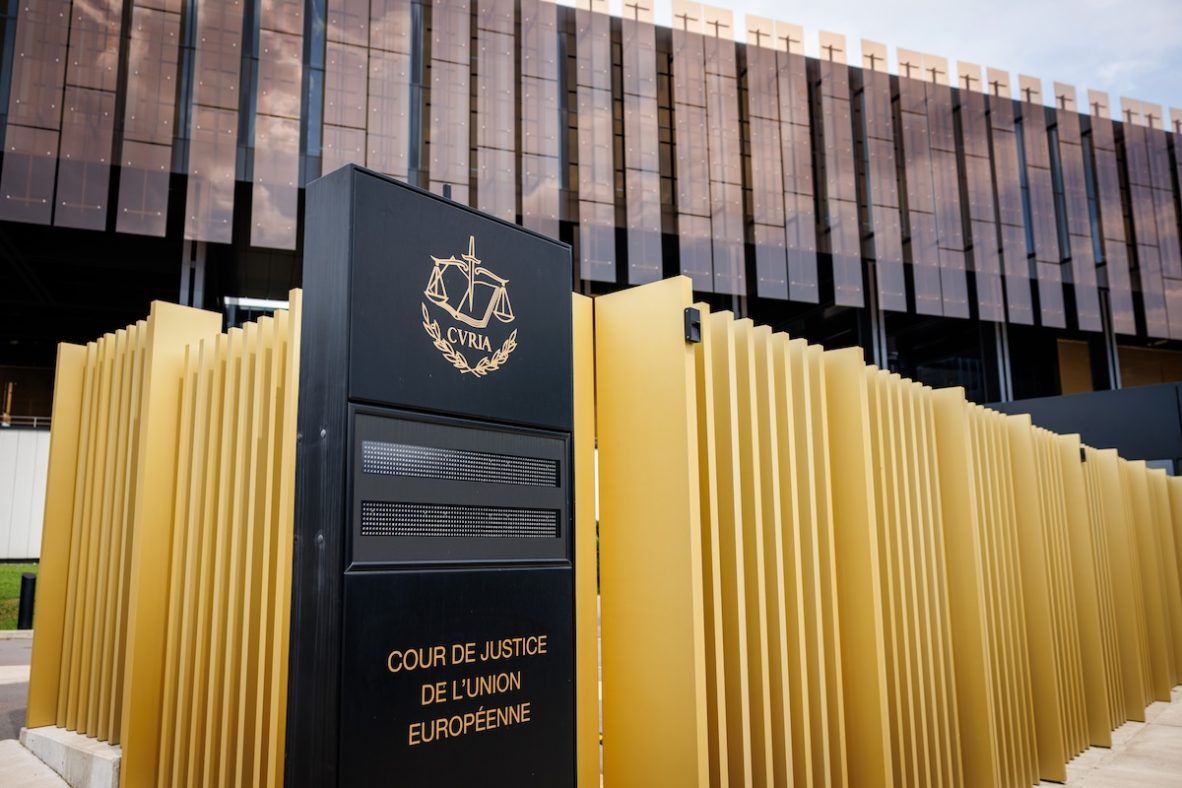Navigating Compliance Maze, Chinese Firms Stay Anchored in EU
Latest CCCEU-Roland Berger report shows Chinese firms' resilience in EU: over 53% grew revenue in 2024 with half expanding investment in 2025, despite a 6th yearly fall in business climate score, calling for less politicisation and fewer market barriers.

Half a century after China and the EU established diplomatic relations, our partnership stands at a turning point. For fifty years, commerce and cooperation have drawn our economies closer. Yet today, those bridges are strained by growing regulatory complexity and geopolitical mistrust.
The latest Weathering Challenges, Sharing Success – CCCEU Report on the Development of Chinese Enterprises in the EU 2025/2026 offers a telling snapshot. Jointly released by the CCCEU and global consultancy Roland Berger, the report finds that while Chinese firms in Europe remain resilient and committed, they are increasingly entangled in what many describe as a “compliance maze” — an ever-denser thicket of rules and procedures that reflects both the politicisation of trade and the rise of economic security as a dominant policy lens.
Resilience Amid Uncertainty
The report’s findings are striking. Eight in ten Chinese enterprises operating in Europe now perceive greater uncertainty in the business environment. Yet over half increased their European revenues last year, and two in five saw their profits rise. That tension — unease coupled with determination — captures the essence of the current moment.
Based on four months of surveys and in-depth interviews with 205 Chinese companies and organisations across Europe, the report presents a rare, data-rich view of how Chinese businesses navigate Europe’s evolving policy landscape. Now in its seventh consecutive edition, the report has become a trusted barometer of Chinese business sentiment in Europe — a de facto handbook for understanding Chinese enterprises’ footprint, confidence, and adaptation in the EU market. Over the years, it has attracted attention at the highest levels of both Chinese and European policymaking, serving as a live reference for decision-makers, scholars, and industry leaders seeking to track how Chinese firms evolve within Europe’s changing environment. Its insights help to inform dialogue, dispel misconceptions, and foster more evidence-based approaches to bilateral cooperation.
Europe has become more than a market for Chinese companies. It is a hub for innovation, a proving ground for global brands, and a key arena for technological alignment. Nearly 3,000 Chinese-invested enterprises now operate across the 27 EU member states, employing more than 260,000 local staff. In 2024, bilateral trade in goods reached €732 billion — a modest 1.6% dip amid weak global demand, but still a symbol of enduring interdependence.
These numbers tell a story of continuity. Yet confidence is fraying. Chinese firms’ overall rating of the EU business environment has declined for six consecutive years, from 73 points in 2019 to 61 in 2025. Behind that slide lie familiar frustrations: rising costs, shifting rules, and a sense that politics increasingly overshadows economics.
From Complementarity to Co-shaping: Investing Together in Europe’s Future
For decades, China and Europe were bound by complementarity — Europe supplied advanced equipment and technologies, while China offered efficiency and scale. That pattern seems is now giving way to what can be described as strategic co-shaping: a relationship defined not by one-way dependence but by shared adaptation.
Chinese firms are investing deeply in Europe’s green transition and industrial renewal. From battery manufacturing in Hungary to green shipping in Antwerp and ESG initiatives in Luxembourg, they are embedding themselves in Europe’s innovation ecosystems. This is not a story of “China in Europe” but of “China with Europe”— a partnership where both sides evolve together, leveraging their respective strengths to tackle shared challenges from climate change to digital transformation.
Yet even as Chinese firms deepen their engagement, regulatory pressures and policy unpredictability continue to test this evolving partnership.
In recent years, the EU’s “de-risking” and “economic security” strategies have expanded rapidly. Arguably legitimate in intent, their implementation often blurs the boundary between safeguarding sovereignty and shielding markets.
Nine in ten Chinese enterprises report that these policies have negatively affected their operations — from stricter investment screening to heightened policy unpredictability. The Foreign Subsidies Regulation, for example, has triggered a series of investigations not only in clean energy and rail equipment but now also in electric vehicles — a sector vital to Europe’s own decarbonisation ambitions.
Trade-defence actions have intensified too. By late 2024, China was involved in more than 40% of all active EU trade cases. The International Procurement Instrument, introduced this year, goes further by excluding Chinese firms from bidding on certain medical-equipment contracts above €5 million and restricting subcontracting rights.
Each measure may seem narrow in scope, yet together they risk chilling investment and fragmenting supply chains. In pursuing resilience, Europe must be careful not to undermine its own competitiveness or its climate goals.
From Compliance to Cooperation: Building Trust in Uncertain Times
Chinese enterprises, for their part, have responded not by retreating but by adapting. Forty-one percent are forming joint ventures with European partners. A third have strengthened compliance systems; many now conduct regular internal audits aligned with EU standards. Only 8% are considering scaling back operations.
This pragmatism speaks volumes. Chinese companies are not here to “flood” the market but to invest in it, learn from it, and contribute to it. The principle of “In the EU, For the EU” guides their operations — from CATL’s community engagement in Germany to COSCO Shipping’s low-carbon logistics and China Three Gorges’ renewable-energy projects.
Recognizing these challenges, the fiftieth anniversary of China–EU relations offers a timely opportunity for both sides to rebuild confidence.
The report delivers 336 concrete recommendations across ten dimensions: politics, economy, industry, talent, research, infrastructure, market access, digitalisation, sustainability, and culture. These proposals are designed to make the EU business environment fairer, more transparent, and more predictable, while encouraging deeper cooperation in areas of shared strategic interest.
It calls for pragmatic mechanisms to manage differences — from more structured consultations on investment screening to targeted cooperation frameworks in digital standards, industrial decarbonisation, and talent exchange. Each of these areas represents not competition, but complementarity: an opportunity to transform parallel ambitions into joint achievements.
China and Europe are not destined for confrontation. Our economies are too intertwined, our challenges too global, for disengagement to be an option. The path forward lies in coexistence and co-creation — rebuilding confidence through transparency, partnership, and persistence.
The compliance maze may be complex, but it is navigable. What matters now is the direction of travel. As both sides commemorate fifty years of diplomatic ties, we face a simple choice: to let suspicion harden into separation, or to build a partnership defined by trust. In an age of uncertainty, collaboration remains the only reliable form of security.
Written by The China Chamber of Commerce to the EU (CCCEU)







